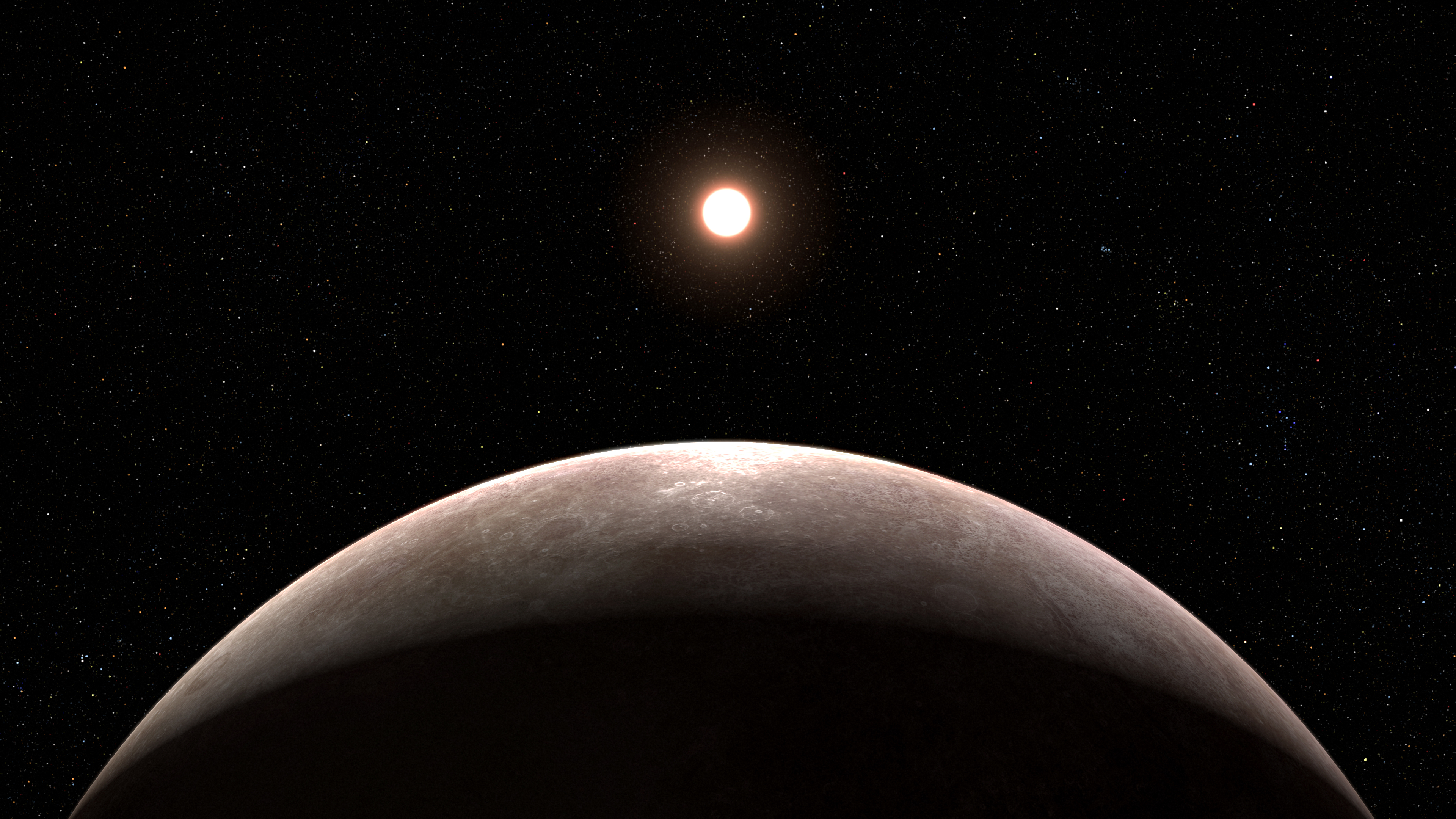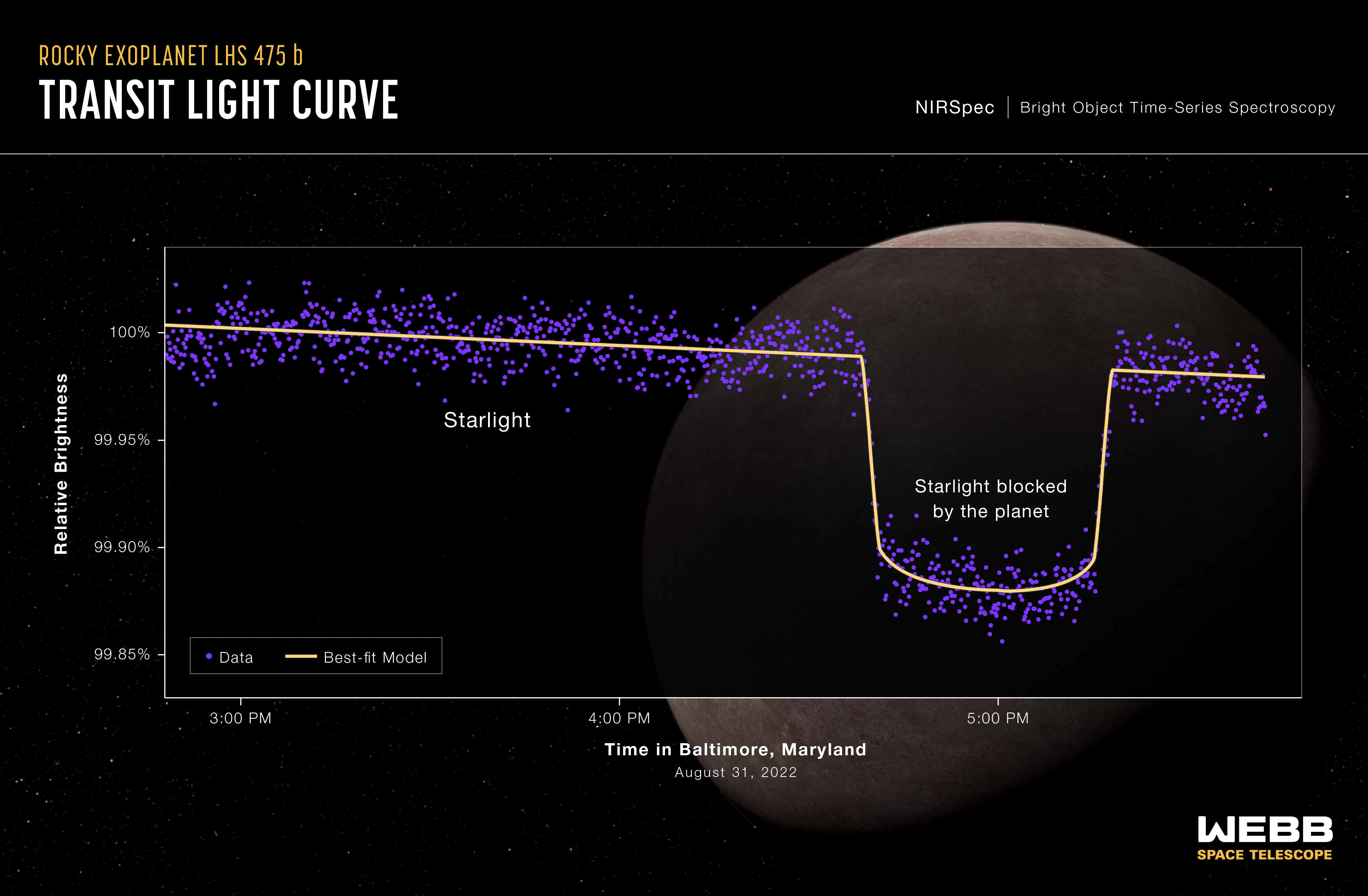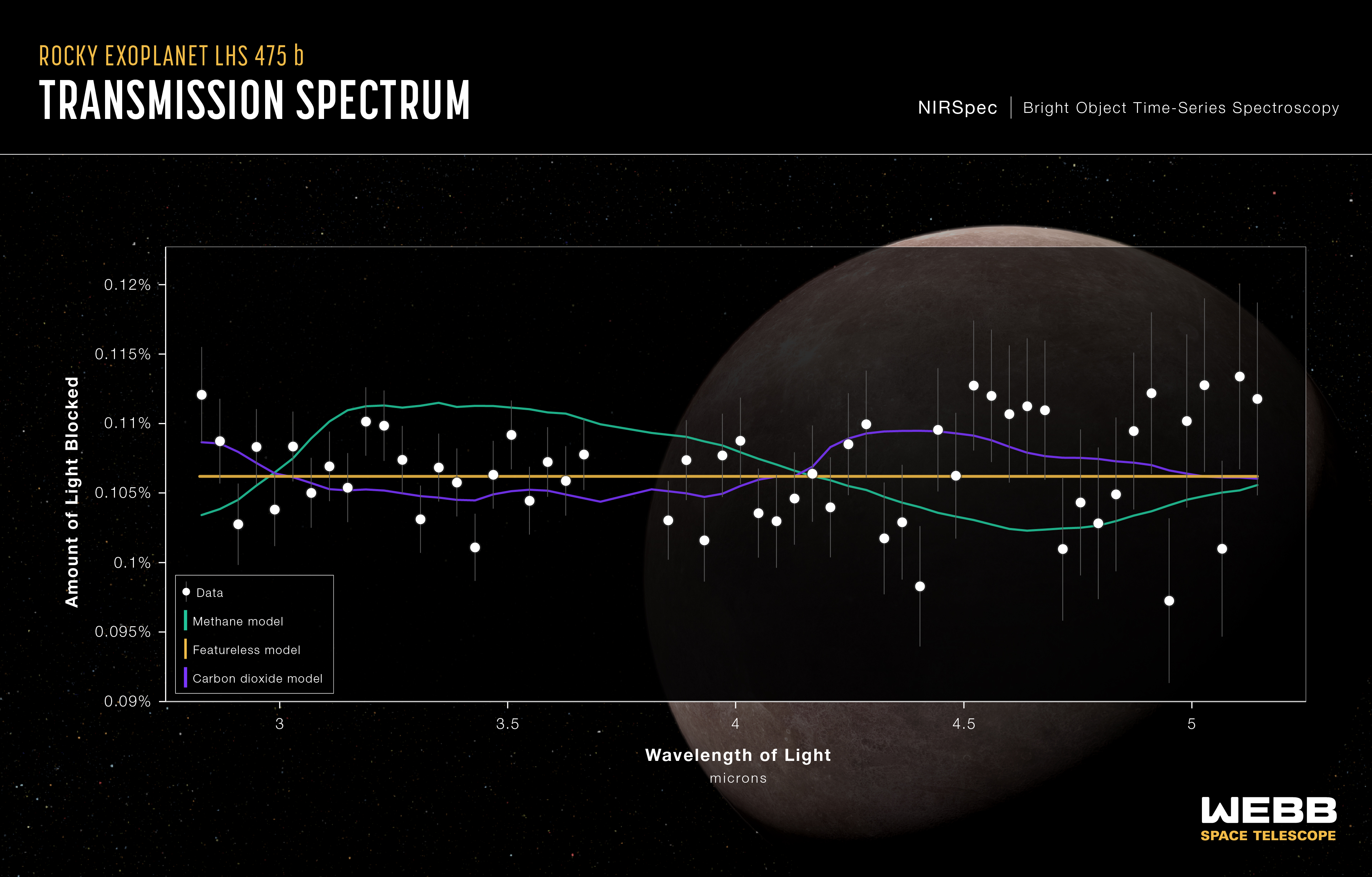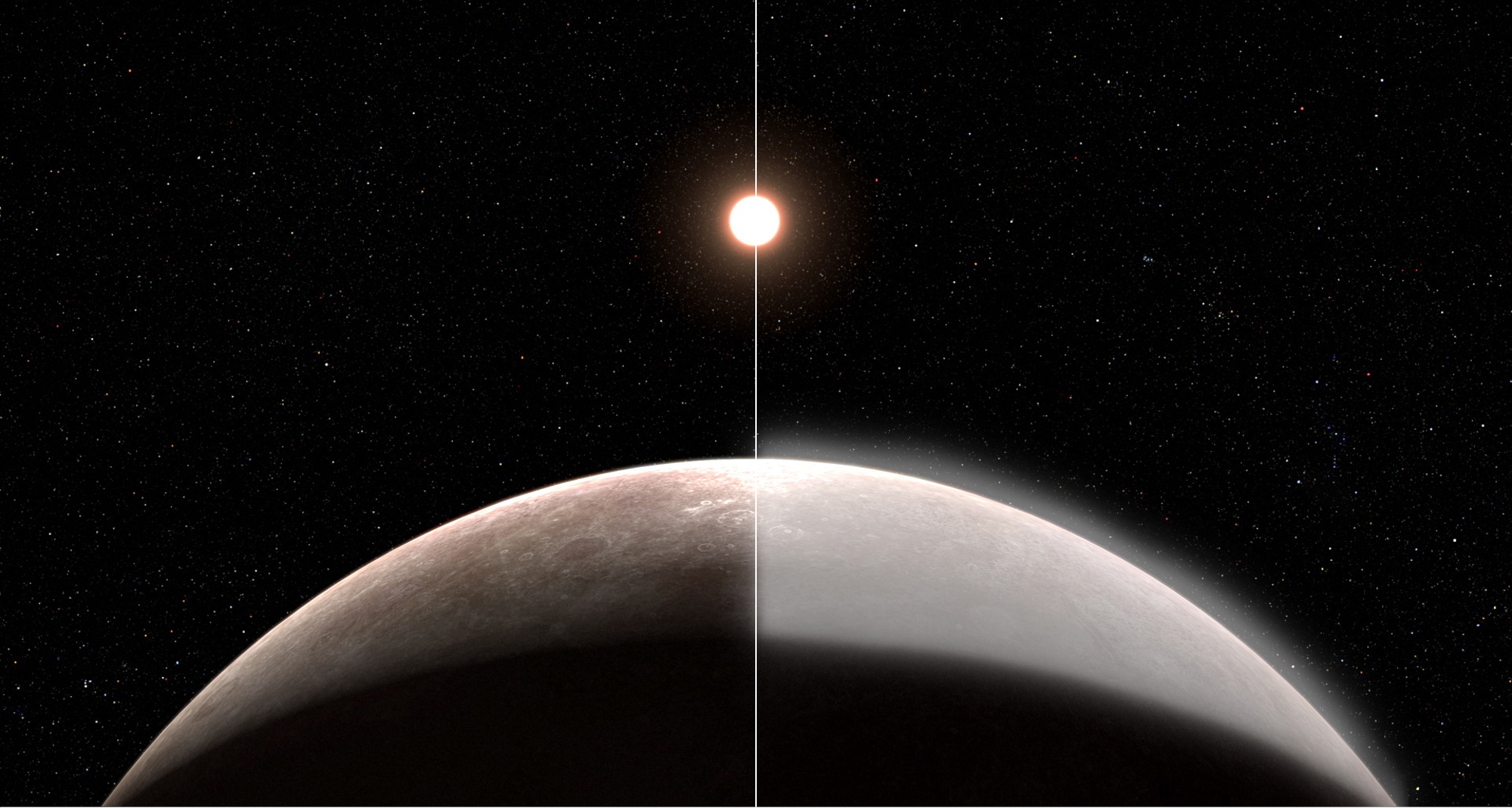News
NASA’s Webb Identifies Its First Exoplanet — And It’s the Size of Earth
A team led by researchers at the Johns Hopkins Applied Physics Laboratory (APL) in Laurel, Maryland, has confirmed the discovery of an exoplanet — a planet orbiting another star — by NASA’s James Webb Space Telescope. Formally logged as LHS 475b, the planet orbits a red dwarf star roughly 41 light-years away, and it’s almost exactly the size of Earth, clocking in at 99% of our planet’s diameter.
“I think rocky exoplanets are the new frontier with JWST,” said APL astrophysicist Kevin Stevenson, a co-lead on the study. “Just as NASA’s Hubble and Spitzer space telescopes paved a new field with the discovery of hot, Jupiter-sized exoplanets, JWST is going to open a whole new avenue of research into smaller, rocky worlds that were once undetectable from Earth.”
The researchers focused on the rocky world after carefully reviewing targets of interest from NASA’s Transiting Exoplanet Survey Satellite (TESS), which could only hint at the planet’s existence because of the limitations of its cameras and the small signal from the planet. Webb’s Near Infrared Spectrograph (NIRSpec), however, clearly confirmed the planet after two observations last summer of it transiting, or passing in front of its star.
The researchers presented their finding to media on Jan. 11 at the annual conference of the American Astronomical Society.
“Missions like Webb are among the boldest NASA projects ever undertaken, uniquely positioned to answer foundational questions about our home and its place in the cosmos,” said Jason Kalirai, the Civil Space Mission Area Executive at APL and former Webb project scientist at the Space Telescope Science Institute (STScI). “The discovery of an Earth-sized planet in Webb’s first year paves the way for a powerful new exploration of rocky exoplanets and the opportunity to place Earth in a broader context.”



